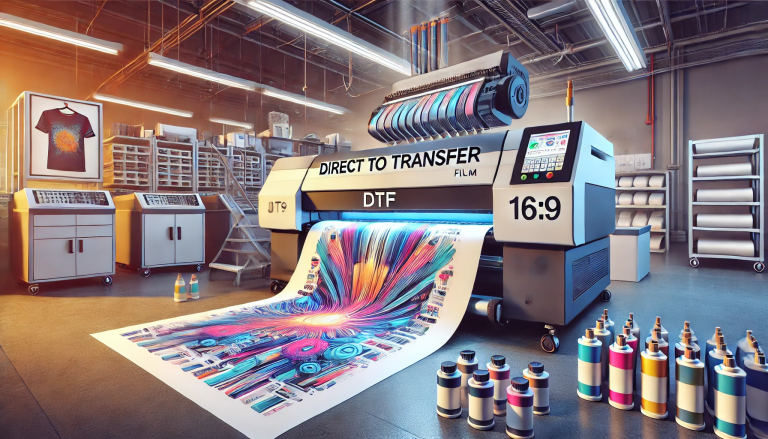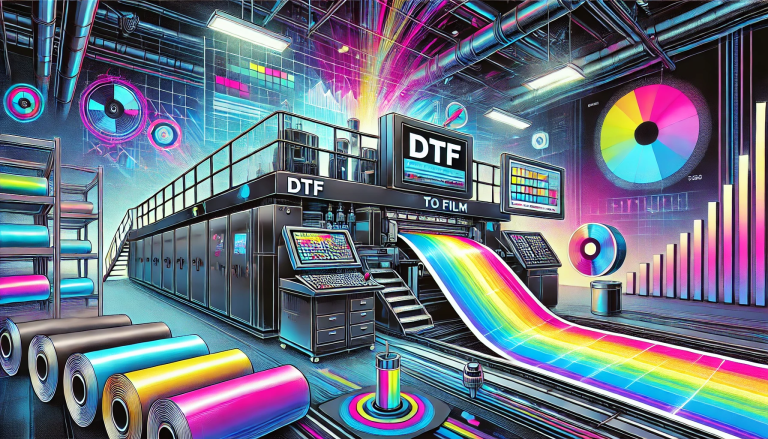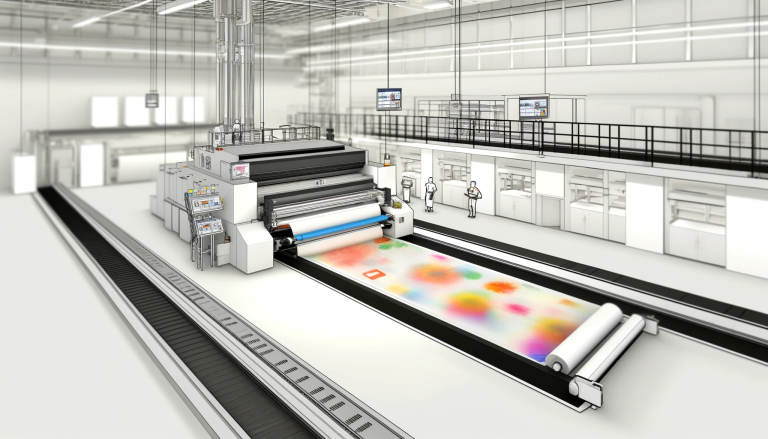“What Does “Direct to Film” Transfer Mean?” -MAXDTF- UV DTF transfer Decal Factory, UV DTF AB Film Supplier, Made in China
In the world of multimedia and film production, technological advancements are a dime a dozen, with each promising to revolutionize the industry in its own unique way. One such method that’s been creating a lot of buzz is “Direct to Film” transfer. But what exactly does it mean and why is it so significant? Let’s delve into it.
Understanding “Film” in a Digital Age
Before we proceed, it’s important to clarify a little confusion. Today, when most people hear “film,” they often think of the old reel-to-reel motion pictures. However, in today’s context, “film” can be somewhat misleading as many movies and videos are shot digitally. Yet, the term still carries weight in the industry due to its historical significance and the unique aesthetic that actual film provides.
Direct to Film Transfer: A Brief Overview
“Direct to Film” transfer refers to the process where digital content is transferred directly onto film stock. This means that if you have a digital video or movie, instead of keeping it in its native digital format or burning it onto a DVD or Blu-ray, it’s “printed” onto film stock, thereby creating a physical film reel.
Why Would Anyone Do This?
At first glance, this process may seem counterintuitive. After all, haven’t we moved past physical film in favor of the flexibility and convenience of digital? Well, yes and no. Here are a few reasons why direct to film transfer is still sought after:
- Aesthetic Appeal: Many filmmakers and aficionados believe that film offers an organic, warm quality that digital can’t replicate. Transferring digital recordings onto film can provide them with the beloved “film look.”
- Preservation: Film, when stored properly, can last for a very long time – even decades or centuries. Some producers or directors want their work preserved on film for posterity.
- Distribution in Film Markets: Some markets or theaters, especially niche or independent ones, still use film projectors. Having a film copy can help filmmakers reach these audiences.
- Artistic Reasons: For some, it’s purely an artistic choice. The tangible nature of film, the projection process, and the feel of a film reel provide a different experience compared to digital.
The Technical Side of Things
Transferring digital content to film isn’t as simple as hitting a “print” button. The process involves:
- Selecting the Right Film Stock: Depending on the desired look and feel, filmmakers must choose the right kind of film stock.
- Calibration: Ensuring that colors, contrast, and brightness are all optimized for the film transfer.
- The Actual Transfer: This is done using specialized machines that can “write” the digital images onto the film stock frame by frame.
- Quality Check: Once transferred, the film is checked for any inconsistencies or issues.
In Conclusion
While it might seem that the world is going full digital, there’s still a passionate community that values the tactile and aesthetic qualities of film. Direct to film transfer serves as a bridge between the modern digital age and the nostalgic era of film, allowing creators to enjoy the best of both worlds. Whether for preservation, aesthetic choices, or distribution needs, it’s a technique that showcases the timeless appeal of film in a constantly evolving cinematic landscape.





